High rises set to soar above 50 suburban hubs as part of Allan gov housing blitz
Premier Jacinta Allan’s plan for soaring apartment towers across Melbourne is set to help Labor win over young voters, and their parents, but could lose it further ground in strong Liberal seats.
Victoria
Don't miss out on the headlines from Victoria. Followed categories will be added to My News.
Premier Jacinta Allan is taking a big gamble with her high-rise offensive across suburban Melbourne, top pollsters say, but it could flip a key seat into Labor’s hands.
Tony Barry, a co-director at polling company Redbridge, says he believes Ms Allan’s controversial plan to allow developers to build apartment towers up to 20 storeys high in 25 new zones across metropolitan Melbourne would likely help Labor win over younger voters and their parents who want them to live close to home.
But a backlash could lose her further ground in strong Liberal seats, with anger at risk of spilling over into Labor territory if the government is unable to make headway on its promises before the next election.
An analysis by the Herald Sun shows six activity centres have been earmarked in state seats held by Labor on a margin of less than 8 per cent and a further seven in electorates held by the Liberals on slim percentages.
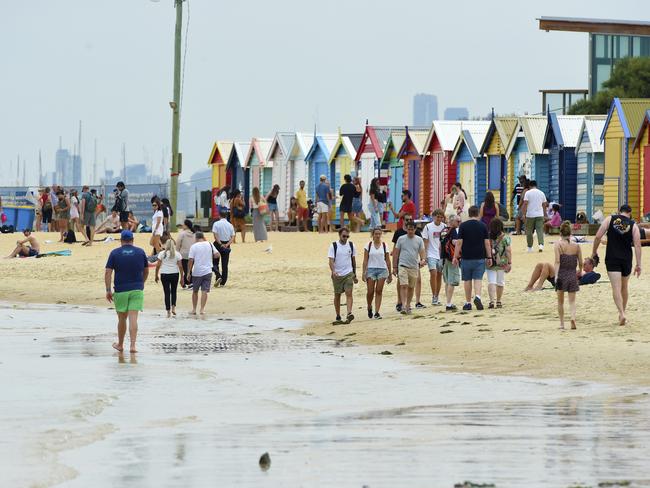
Mr Barry, a former Liberal Party strategist, said: “While the Allan government risks votes in these activity areas, and surrounds, from those concerned about the changing character of their suburbs, the reward is primary votes from younger voters that want to get into the housing market.
“An additional risk for the Allan government is that there are no meaningful outcomes from this policy by the next election and it becomes more evidence of governing by press release but not delivering.”
His fellow Redbridge director Kos Samaras, a former Labor Party strategist, said the proposed suburban high-rise hubs could cement the blue-ribbon seats of Brighton, Sandringham and Malvern for the Liberals, while offering healthy rewards in Labor seats which would ultimately lead Ms Allan to victory.
Mr Samaras also warned the policy could cost opposition leader John Pesutto his job as thousands of new apartments shift the demographic of the leafy inner suburbs seat of Hawthorn – held by a margin of just 1.7 per cent.
“It’s already probably in danger of being lost by the Liberal Party at the next election because it’s already got a lot of apartments,” he said.
“These announcements will make it even more difficult. It’s a matter of when they’re going to lose it, not if.”
Despite the demographic shift among his own voters, Mr Pesutto has slammed the rollout of the 25 new activity centres, calling the policy “desperate” and “lazy”.
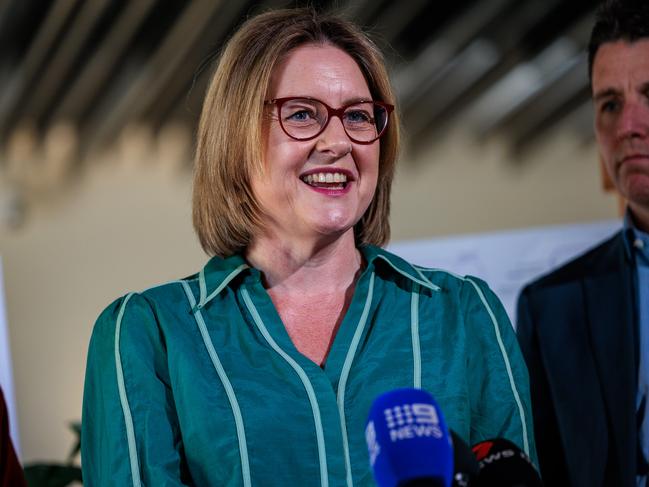
Liberal colleague, Brighton MP James Newbury, led a protest in Brighton on Sunday, in which furious residents chanted “shame, premier, shame” ahead of Ms Allan’s press conference on the announcement.
Mr Samaras said in the seats of Ringwood, Box Hill and Footscray – home to six activity centres – the huge boost in apartments was likely to give Labor a further edge on the Coalition.
In electorates such as Essendon, where several activity centres were previously announced, Mr Samaras suggested the influx of apartments would also be a vote winner.
Pressed over whether she believed the activity centres would win Labor votes in marginal seats, Ms Allan on Monday said the plan was about “building more homes for more Victorians”.
“I’m determined to fight for those Victorians who need the government to fight back against this NIMBY-style approach,” she said.
Meanwhile, the federal Liberals are understood to be hopeful the influx of high rises could give them a leg-up in seats like Goldstein at the coming election, with many constituents expected to oppose a perceived overdevelopment.
Premier Allan on Monday announced the first 25 locations where towers would be encouraged through special new “train and tram zones”.
Developments are likely to be up to 20 storeys high and pave the way for thousands of extra apartments in suburbs including Oakleigh, Hampton, Brighton, Armadale, West Footscray and Mitcham.
Approvals would be fast-tracked in some areas, stripping councils of planning powers in property hotspots that have access to existing schools and open space.
The announcement is the first in a 10-day housing initiative blitz by the Allan government which is tipped to include:
• Incentives for developers, such as tax concessions;
• Releasing government land for housing developments, and;
• New zones for regional towns including around rail stations.
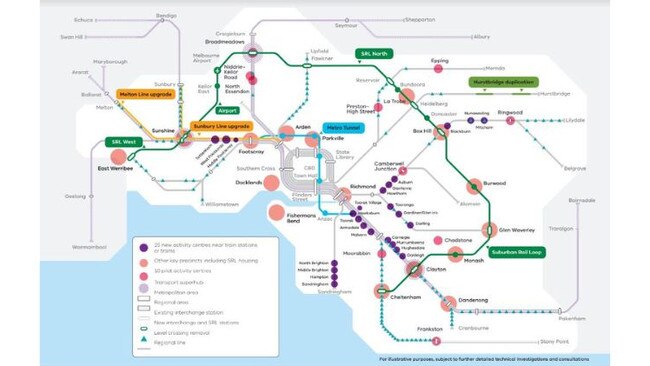
~ CLICK HERE TO SEE WHERE THE HIGH RISES WILL BE LOCATED ~
Under new zones, higher developments would be encouraged around “core” land close to rail stations.
The government says “gentler, scaled height limits” would be built further from the transport hubs, within an 800m radius that it describes as a walkable catchment.
The plan is expected to spark strong debate in affected suburbs if residents lose rights to directly object to developments that tick all boxes set under council planning codes.
But the government insists the voices of locals will still be heard, including in deciding how each new zone would be tailored to individual suburbs, to avoid cookie-cutter rules.
Ms Allan said the reforms would help reduce housing shortages.
“Building more homes around 50 inner-suburban train stations mean young people have more opportunity to rent or buy a place that’s directly connected to public transport,” she said.
“I know it won’t fix everything, but it will deliver more homes and new life to inner suburbs that are full of jobs, transport and services – where young buyers and renters are currently locked out.”
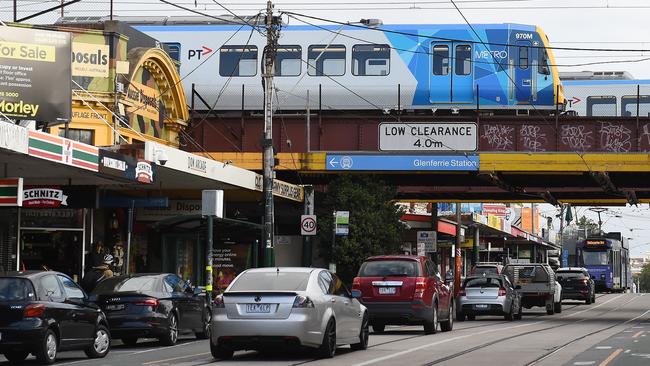
The locations of the first 25 train and tram zones were selected based on the quality of transport services, existing open space and proximity to jobs and schools.
Seven zones — including at Carnegie, Hughesdale, Murrumbeena, West Footscray and Tottenham — will be centred around rail lines that run through the $15.5bn Metro Tunnel, which opens next year.
Another six will be located along the Belgrave/Lilydale lines, around Glenferrie, Hawthorn, Auburn, Blackburn, Nunawading and Mitcham stations, while there will be four on the Sandringham Line around North Brighton, Middle Brighton, Hampton and Sandringham stations.
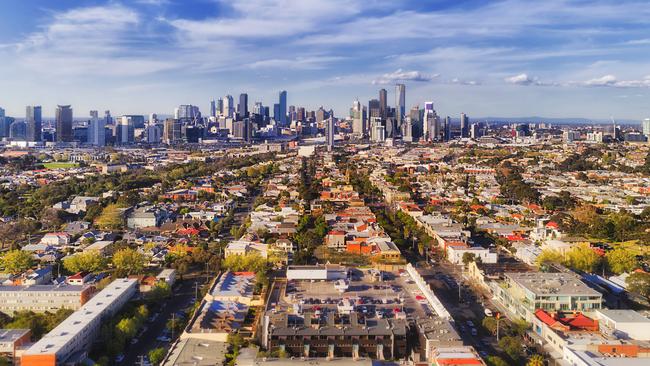
Some of the locations, such as Toorak Station, already have high rises in the area but the rezoning could usher in even taller towers.
The remaining 25 will be announced later this year — and established by 2026 – setting the scene for a housing policy arm wrestle between Labor, the Coalition and the Greens who all have competing visions for density in middle and inner Melbourne.
New zones are in addition to 10 “activity centres” being rolled out in suburbs such as Broadmeadows, Frankston, Camberwell and Ringwood, which were announced as part of the government’s Housing Statement last year.
They also complement the government’s contentious $34bn Suburban Rail Loop East, which allows skyscrapers between 20 and 40 storeys in some areas, including Box Hill.
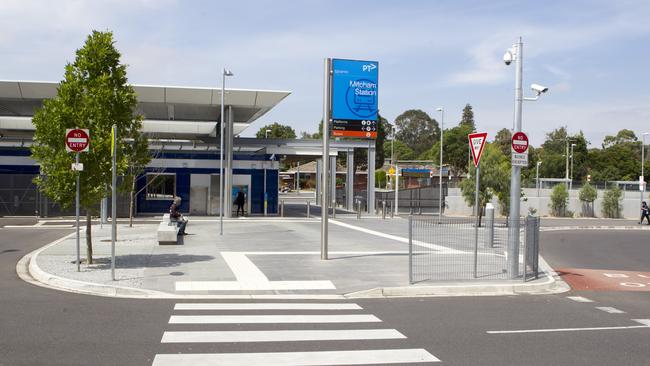
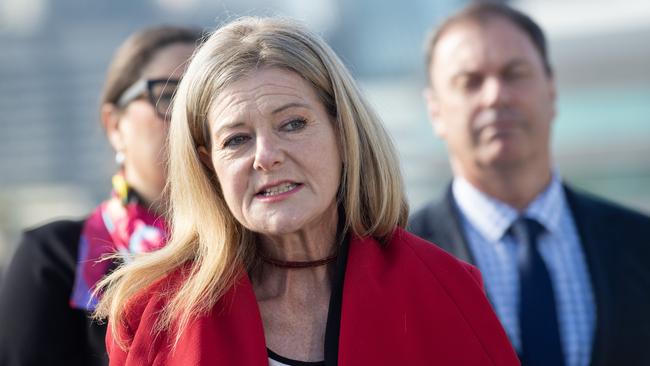
Planning Minister Sonya Kilkenny said the rewriting of planning rules was critical to cater to Melbourne’s expected population boom.
“This isn’t about overnight change – this is about incremental change that sets Victoria up for the next generation, so we can have more opportunities for young people and better communities for everyone,” she said.
Urban economist at consultancy KPMG, Terry Rawnsley, said about 35 per cent of extra housing was built within 1km of railway stations between 2006 and 2021, but that major precincts such as Docklands and Southbank had exhausted supply.
Swinburne University Stephen Glackin said medium to higher density should be built around most train stations across Melbourne.
“You have these train stations that have near infinite capacity and some of them still have single storey buildings across the road,” he said.
“It’s just a misuse of public assets.”
Originally published as High rises set to soar above 50 suburban hubs as part of Allan gov housing blitz



